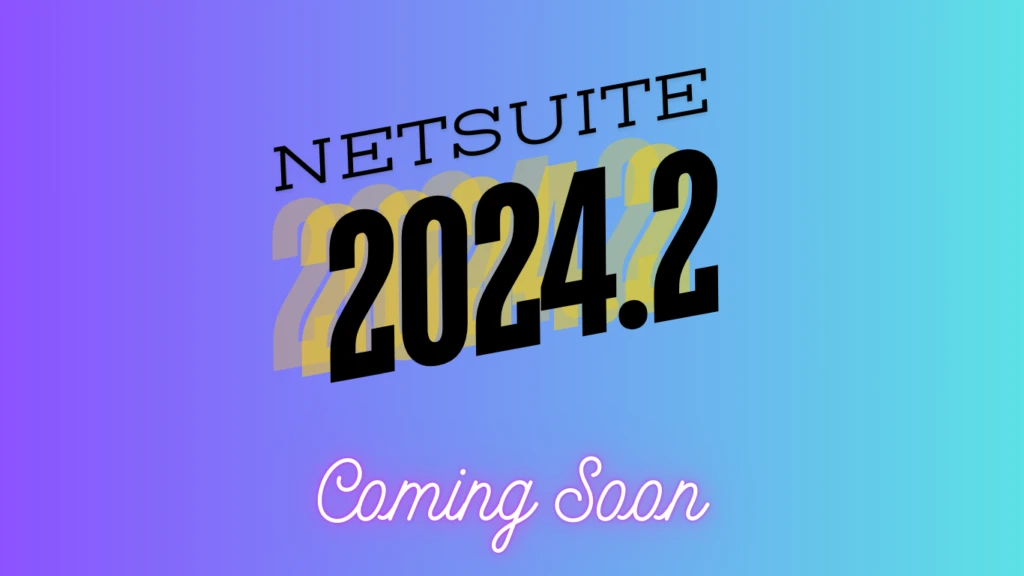Nowadays small and medium-sized businesses (SMEs) are vital to the economy’s growth in the dynamic commercial environment. However, a significant roadblock stands in the path of their progress – the digitization of taxes. This introduction unravels the challenges faced by SMEs in embracing digital transformation within the realm of taxation. From regulatory complexities to budget constraints, mindset shifts, and security concerns, we delve into the multifaceted hurdles hindering SMEs on their journey toward tax digitization. Join us as we explore the intricacies of this pressing issue and uncover potential solutions to pave the way for SMEs to thrive in an increasingly digital business footprint all over the globe.

Hindering Business Growth: Unveiling the Challenges for SMEs
- The Regulatory Obstacle: Handling Complicated Situations: The complex regulatory environment is one of the main obstacles SMEs confront around tax digitization. The ever-changing tax laws and regulations pose a constant challenge for these enterprises, making compliance a complex and time-consuming task. SMEs often lack the resources and expertise needed to navigate this labyrinth successfully.(Epiq)
- Financial Restraints: Limitations in distributing Resources: Budget constraints pose a formidable barrier to SMEs looking to embrace tax digitization. The cost of implementing new technologies and training employees can be prohibitive for smaller businesses with limited financial resources. As a result, many SMEs find themselves lagging in adopting digital solutions that could enhance efficiency and compliance.
- Positive attitude towards Investment: Overcoming Resistance: The shift towards digital tax solutions requires a change in mindset and organizational culture. SMEs, traditionally accustomed to manual processes, may face resistance from employees who are reluctant to embrace new technologies. Overcoming this resistance necessitates effective change management strategies and a commitment to fostering a digital-friendly workplace culture.
- Management Goals and Objective: Striking a Balance: Leadership within SMEs must juggle various priorities and tax digitization often competes for attention with other pressing issues. Strategic planning and a clear understanding of the benefits of digitization are crucial for leaders to prioritize and allocate resources effectively. Without a dedicated focus on tax technology, SMEs risk falling behind in the competitive business landscape. (Deloitte)
- Data Security Problems: Safeguarding Information Resources: As SMEs transition to digital tax platforms, concerns about data security become paramount. Ensuring the confidentiality, integrity, and availability of sensitive financial information is crucial for building trust with customers and regulatory authorities. Implementing robust cybersecurity measures is a non-negotiable aspect of successful tax digitization.
- Taking Advantage of Globalization to Close the Gap and Seize Opportunities: Globalization presents a unique opportunity for SMEs to overcome the challenges of tax digitization. By tapping into global markets, these enterprises can access new customers, resources, and technologies. Collaborating with international partners can provide valuable insights and support in navigating complex tax regulations across borders.
- Embrace Tax Technology and Digitization to Transform Business: To elevate business growth and efficiency, SMEs must embrace tax technology and digitization as integral components of their operational strategy. The following steps can guide SMEs on their journey towards a digitally transformed future: Invest in Robust Tax Software: Acquiring and implementing advanced tax software tailored to the specific needs of SMEs can streamline processes and enhance compliance.(THOMSON REUTERS)
- Continuous Employee Training: Overcoming resistance to digital transformation requires ongoing training programs to equip employees with the skills and confidence needed to navigate new technologies.
- Strategic Planning and Resource Allocation: Leaders must strategically plan and allocate resources to ensure that tax digitization remains a focal point in the organization’s agenda.
- Collaborate for Success: Partnering with other SMEs, industry experts, and global entities can provide valuable insights and collaborative solutions to common challenges.
- Elevating Business Growth and Efficiency: Globalization Unleashed: By embracing tax technology and digitization, SMEs can position themselves for sustainable growth and increased efficiency. The benefits extend beyond compliance, touching every aspect of business operations. From streamlined processes and improved accuracy to enhanced data security and global opportunities, the advantages of tax digitization are transformative.
The roadblock of tax digitization facing SMEs is indeed a formidable challenge. However, with the right mindset, strategic planning, and a commitment to embracing technology, SMEs can not only overcome these challenges but also thrive in the competitive business environment. The key lies in viewing tax digitization not merely as a regulatory obligation but as a catalyst for growth and innovation.





